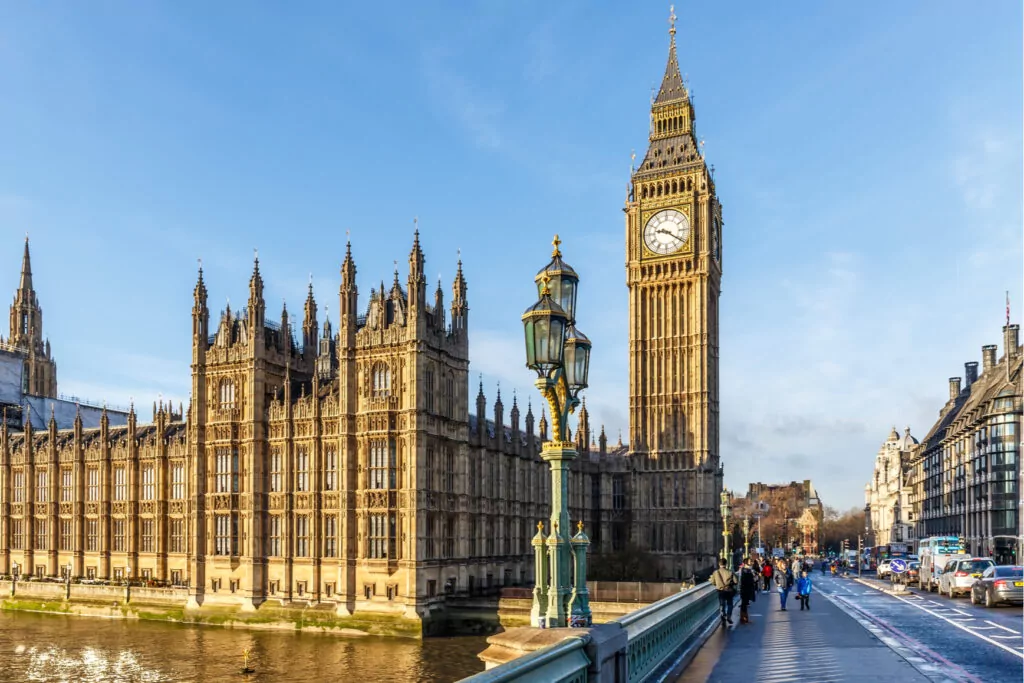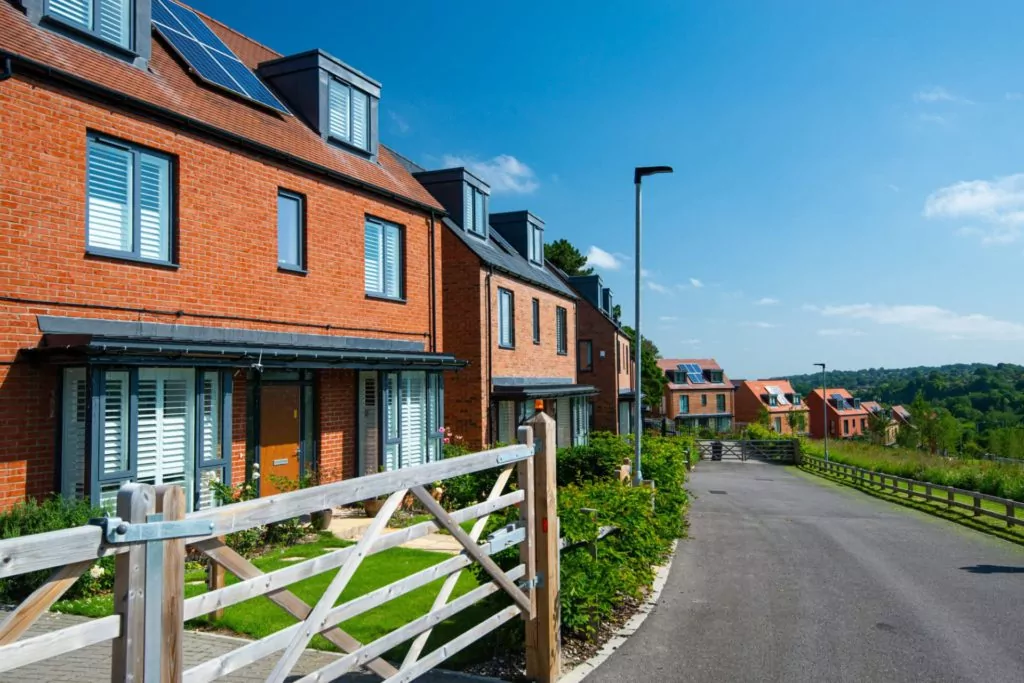
Lessons learned from the high court decision to quash the permission for the Broughton Gifford solar farm
Broughton Gifford is a 22 ha solar farm in Wiltshire constructed by Norrington Solar Farm Limited and Terraform Power Limited. The Application was negatively screened in autumn 2012 and found not to be EIA development. Heritage impact was considered as part of this screening, but the screening assessment concluded the impacts could be adequately assessed in reports submitted during the course of the planning application.
A Heritage Statement was submitted as part of the Application in November 2012. This identified the Grade II* Gifford Hall as a heritage asset some 300 metres away. The Heritage Statement considered that views of the solar farm from the Claimant's property, Gifford Hall, would be obscured by mature trees so the solar farm would cause no change of view from the Hall. A Landscape Visual Impact Assessment was also submitted with the Application. This found a 'moderately significant' impact on a nearby Conservation Area and agreed with the Heritage Statement in respect to the impact on Gifford Hall. The Council did not consult English Heritage on the Application.
Site notices were around the proposed site. Neighbour notification letters were also issued. The developer and Council asserted that this was in accordance with the Council's Statement of Community Involvement ("SCI"). Gifford Hall was not notified.
Planning permission was granted in June 2013. A minor material amendment application was submitted in February 2014, modifying design elements of the solar farm. English Heritage were consulted on the amendment application. They considered that they ought to have been consulted on the original application due to the impact on Gifford Hall. The amendment application was refused due to its impact on the setting of Gifford Hall.
In March 2014 construction noise alerted the Claimant to the development. He objected to the minor material amendment application citing the lack of consultation with himself and with English Heritage on the original application.
Judicial review
The Claimant's ran several grounds in his judicial review. Firstly there was the failure to consult English Heritage. The Claimant relied on correspondence with Council after the permission had been granted in which the Council's conservation officer accepted that there would be some effect on the heritage assets, but that the harm was very low. The Court tested this against Listed Buildings Regulations test for consultation with English Heritage, which is where the Council think that the development would affect the setting of a listed building or character of a conservation area. The Court concluded that the Council's failure to consult with English Heritage was a clear legal error. The Court also found that the lack of neighbour notification with the Claimant was a breach of the Council's SCI and therefore a breach of the Claimant's legitimate expectation that he would be notified.
The Court also found that the screening opinion was flawed because relying on reports to be submitted as part of the application is not a substitute for applying the test of EIA development, namely determining whether or not the development would have a significant effect on the environment by virtue of its nature, size or location.
On the matter of the nine month's delay in commencing the claim for judicial review, the Court found that the failure to follow the SCI meant that the Claimant was ignorant of the development and could not be criticised for not having brought the claim earlier. Once he was aware he did not act unreasonably in pursing all avenues which he could to dispute the development. The Court therefore exercised its discretion to allow the claim despite the delay. Finally the Court considered whether it should exercise its discretion to quash the claim. The solar farm had been installed at a cost of £10.5 million. Restoration would cost a further £1.5 million. The Interested Parties would suffer serious financial consequences if the permission was quashed, plus there would be consequential impact on investor confidence on future solar farm developments.
When concluding that the permission should be quashed, the judge balanced the failure to give Gifford Hall the statutory protection it ought to have been afforded, the failure to follow the EU directive on EIA and the fact that the solar farm as built did not match that which was approved, against the financial prejudice and the need for developers to be able to confidently rely on planning permissions.
Lessons to learn
The protection afforded to heritage assets means that where there is even a chance that they may be adversely affected by a proposed development then rigorous attention must be given to assessing that impact and ensuring that the statutory provisions are strictly followed. When it comes to heritage assets err on the side of caution. EIA screening decisions are fruitful ground for judicial review challenge. If your development has potential to be EIA Development then make sure the planning authority applies the test for EIA Development properly and if there is any doubt in your mind then before accepting a negative screening rigorously balance the costs and time saved in not providing a full environmental statement against the costs of losing your planning permission late in the day.
Statutory consultation and neighbour notification is typically in the control of the planning authority, but as this judgement shows they can get it wrong and that can have adverse consequences on your permission. Managing this by way of overseeing the authorities' administrative processes will not be easy, but if you can it will go some way towards de-risking the decision. If your planning permission is subject to a judicial review think carefully about the risk of that challenge being successful before pressing on with the development.
Finally investor confidence in planning decisions will take a hit from this judgement. It is quite an unusual outcome and thankfully judgements such as this do not come along too regularly. However it does highlight the fact that even after the judicial review timetable has passed planning permissions are still vulnerable. It is likely that any funder will seek judicial review insurance irrespective if the six week period having passed, particularly where there are questions about the EIA screening, protection of heritage assets and statutory consultation.
For further information, please contact the Foot Anstey Planning department.











